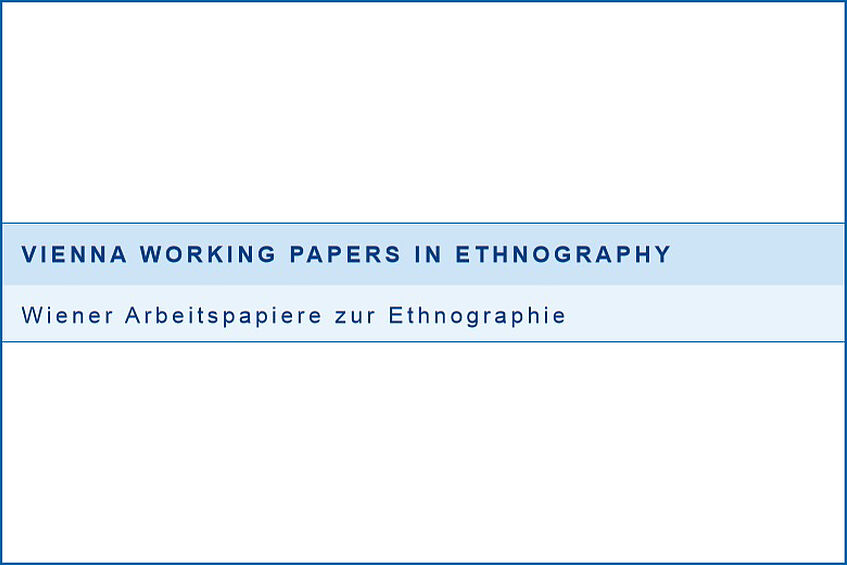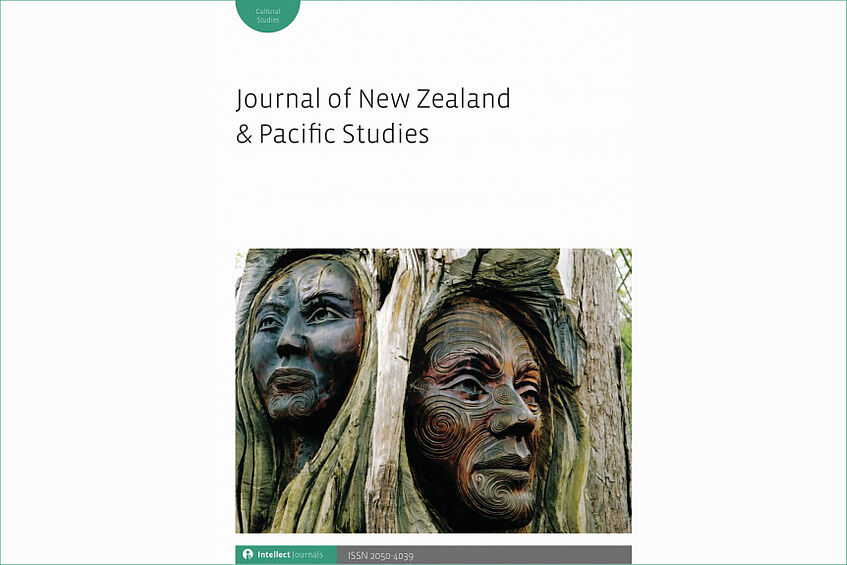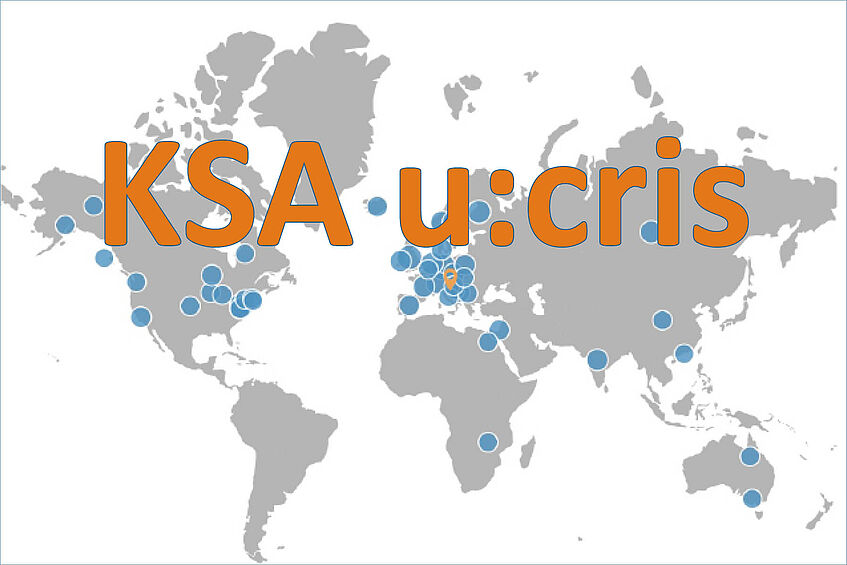Publikationen
peer-reviewed Publikationen in u:cris
Rewriting Femininity: Tradwives, Visual Aesthetics of Class, and Politics of Remembrance
- Autor(en)
- Celina Beck, Emma Lakkala
- Abstrakt
Tradwives, a group of homemaking women who gained online prominence during COVID-19, position themselves as a counterpoint to contemporary feminism while embodying and commodifying ‘traditional’ femininity and heteronormativity. Through social media, they blend aesthetics with right-wing nationalist ideologies, portraying the ideal of a submissive housewife who cares for her husband and children with unpaid domestic labor. Disguised as ‘tradition,’ tradwifism shares ties with conservative Christian and right-wing groups who evoke tales from the past that comply with the world view of white nationalism. Tradwives do not merely reference our gendered, classed, and raced histories but actively rewrite and -live them in the present day. In our article, we explore the class-specific visual narration of labor and femininity in video content shared by two influential tradwives. By employing visual discourse analysis, we examine the discourse on tradwifism on social media, contextualizing the phenomenon within neoliberal influences, remembrance politics, and politics of respectability. With our input on this actively contested topic, we demonstrate how the persistent narrative of choice and freedom, which undoubtedly has yet to lose its importance for feminist aspirations, presents itself as insufficient in the context of tradwifism. In closing, we advocate for feminists (and non-feminists alike) to embrace alternative, more materialist argumentation in challenging the emerging glorification of heteropatriarchal, ethno-nationalist womanhood.
- Organisation(en)
- Referat Genderforschung
- Journal
- Femina Politica: Zeitschrift für feministische Politik-Wissenschaft
- Band
- 34
- Seiten
- 64-77
- ISSN
- 1433-6359
- DOI
- https://doi.org/10.3224/feminapolitica.v34i1.06
- Publikationsdatum
- 06-2025
- Peer-reviewed
- Ja
- ÖFOS 2012
- 504014 Gender Studies
- Schlagwörter
- Sustainable Development Goals
- SDG 5 – Geschlechtergleichheit
- Link zum Portal
- https://ucrisportal.univie.ac.at/de/publications/6f352176-322b-4f0c-bf41-e18c1ecd3b74





